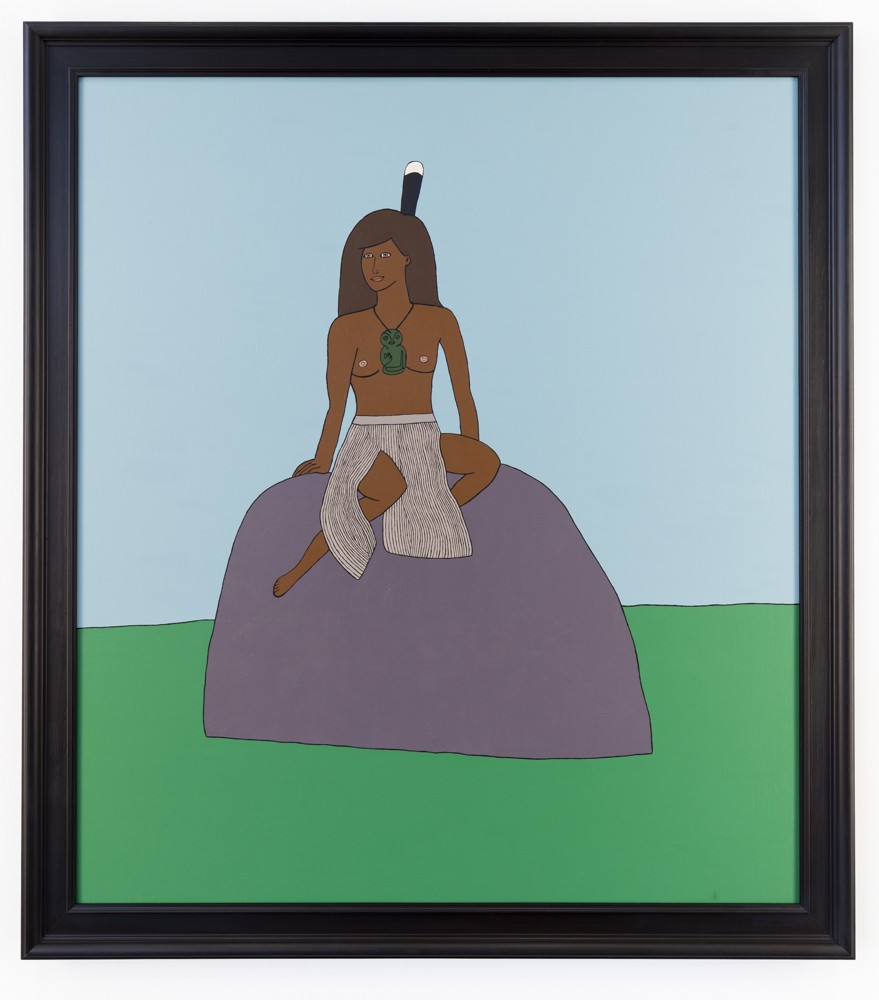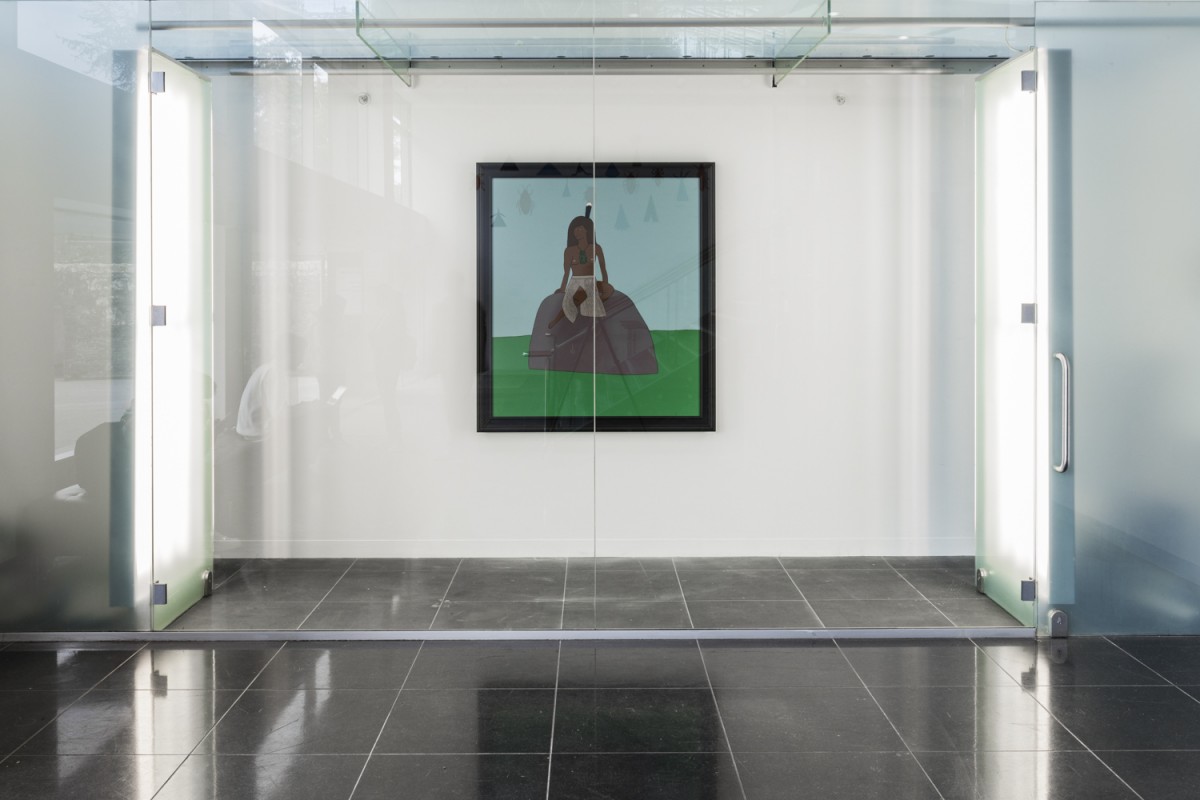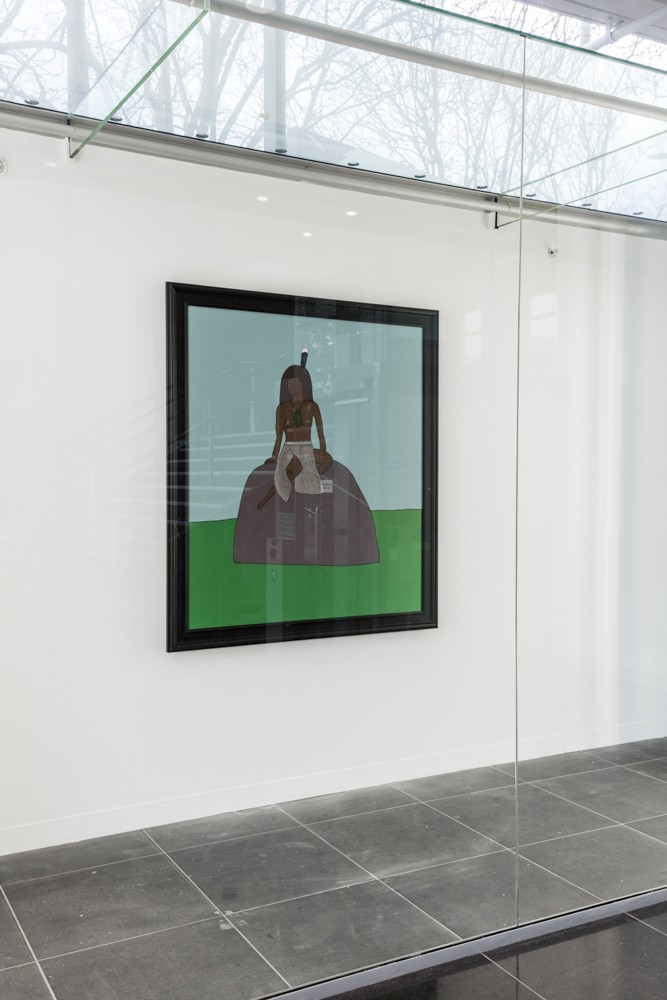When we encapsulate legends in bronze we freeze them in time. The capacity for the legend to continue, to evolve and be part of our current world, is lost: she sits historicised. Meanwhile, trinkets sit in shops, ready to be purchased by tourists as gifts from far away places, as memorabilia, as inanimate objects. Pania travels far as postcards, as photographs, as keyrings. She has become a commodity, cultural capital, she is consumer narrated.
Pania, descendant of the People of the Sea, fell in love with Karetoki, the son of a great chief. She chose to be with Karetoki on land and it was there she gave birth to their son, Moremore. Although her life above ground was happy, each day Pania could hear her people crying her name, calling her home to the water. One day Pania could no longer resist the will of her people and swum home to visit them one last time. When she began her journey back to her family above the sea, Pania’s people, unable to bear the thought of grieving for her again, cast her into a reef so she would lay forever at their side. Pania never returned to land, Karetoki’s heart was broken.
Off Hukarere Point, she still lies beneath the water as Pania Reef– today a prized fishing spot. Pania lives on in the sighs of the ocean, her son a taniwha guardian of the water. This is living history, nature as monument.
In October of 1912, The 30,000 Club was established to develop the population of Napier to 30,000 people. With this goal in mind, they involved themselves in enterprise, arts, entertainment and agriculture. Upon hearing the history of Pania, the club commissioned a statue of her as part of the Marine Parade beautification programme. They felt the story was worthy of representation along the parade, the pride of the town.. The Italian Marble Company of Carrara produced the statue based upon a photograph of Mei Robins.
Young Mei sat and posed for a photograph, her body was uncomfortable, sitting on cardboard, twisting her torso, smiling, looking up. In that moment, she became Pania.
As cultural industry, Māori history has been and remains quantifiable; marketable. Frozen as saleable otherness, the unassimilable becomes the expendable. Māori history will never be the history: Incorporated and contained, it is assimilated as exotic myth and used to produce capital and sell the idea of a place. Our images, stories and ancestors are flattened, placed in vitrines; they perform a ‘likeness’ that keeps our Nation– its industry and identity– afloat. These profitable representations are not culture; they violate culture by standing in for it and ensuring it is forgotten.
In 1954, the statue Pania of the Reef was unveiled by then Prime Minister Sydney Holland. Mei found out last minute, with no time to inform her nannies, her Kuias, her Koro.
My grandparents were very excited, they were probably more excited that I was. It would have probably been one of the proudest moments in their lives to have had their mokopuna chosen to model for Pania… Today, Pania is an icon of Napier, and in saying that, I have to be mindful of Pania, the Māori aspect, because that was a very important part of depicting, on that Marine Parade, something that was proudly ours, as Māori.
– Mei Robins
Cast in bronze, Pania sits as an embodiment of many stories, and an embodiment of our ancestors; endlessly, inanimately, living.
–
Ayesha Green lives in Auckland and completed her Masters at Elam in 2013. She is currently studying towards a Diploma in Arts, specialising in Museums and Cultural Heritage. Her recent exhibitions include: Pacific Materiality (2015), Black Market (2014) and Post Love (2014).


